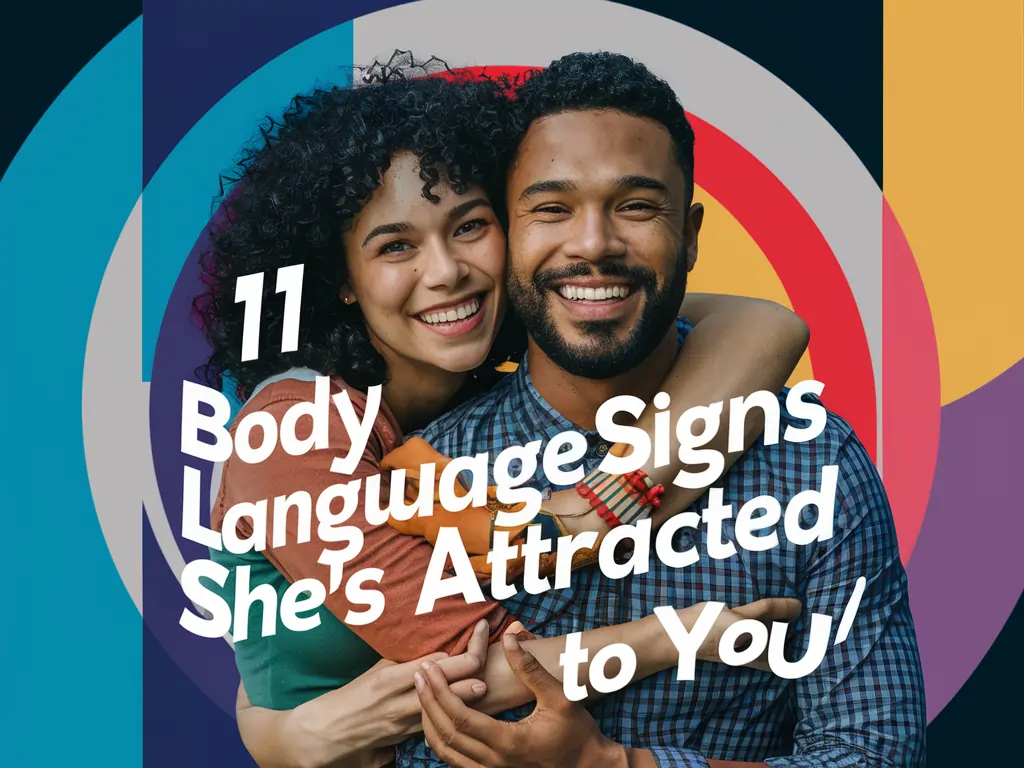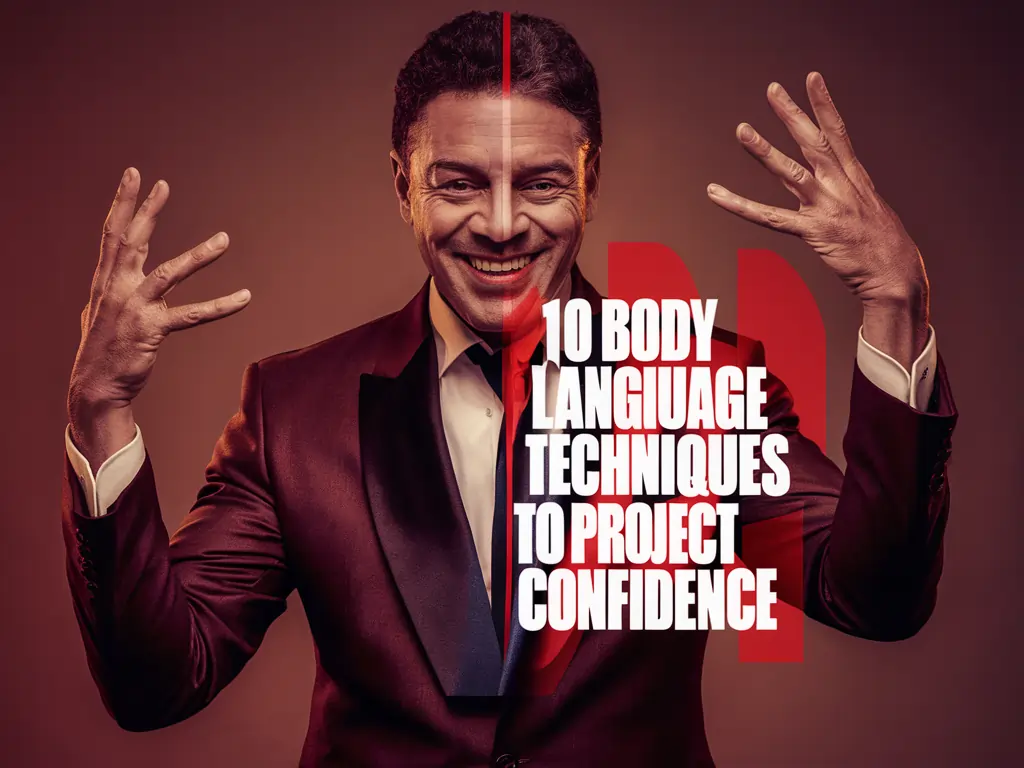5 Non Verbal Cues That Speak Louder Than Words in Love

Words matter. But what you don’t say can sometimes be more powerful. Nonverbal communication is often the silent thread that ties a relationship together. It’s the body language, the eye contact, and the subtle tone in your voice that speak louder.
These silent cues can express love, comfort, or tension without you even realizing it. The key to a healthy relationship is first understanding your partner’s non-verbal communication.
Understanding your partner’s nonverbal signals is the secret to a deeper bond. This means paying attention to what’s unsaid and reading the signs correctly. Doing so can help you connect better, avoid misunderstandings, and feel closer than ever before.
Fundamentally, the mastery of this non-verbal communication art may just turn out to be a game-changing thing in the way you connect to your partner.
Eye Contact and Its Significance
Eye contact is one of the most powerful ways to connect without words. A deep gaze can create a connection that words often fail to build. It shows your true feelings. A warm, lingering look says you care. It speaks of love, confidence, and interest.
On the flip side, avoiding eye contact can suggest discomfort or disinterest. It might even hint at dishonesty. The way you use eye contact can show if you’re feeling open or guarded. Soft, relaxed eye contact feels inviting and warm. A hard, intense stare can come off as confrontational or dominant.
Reading your partner’s eyes helps you get a glimpse into their true emotions, even when their words say something else.
It’s about understanding what’s behind that look and reacting in a way that deepens your connection.
When your partner maintains eye contact while you speak, it’s a sign they’re genuinely engaged. This tiny action makes you feel valued and understood.
It’s a simple yet profound way to strengthen your emotional bond.
Body Language and Physical Proximity
Your body language often speaks volumes before even a word has been uttered. The way you stand, sit, or move around your partner can convey the message of your feelings and intentions.
Open body language—uncrossed arms, facing your partner, and slight leaning towards them—usually denotes interest and affection.
On the other hand, closed body language—crossing your arms, turning away, or placing distance between you—can be indicative of discomfort, disinterest, or even conflict.
Another major non-verbal cue is proximity, or the distance you keep from your partner. Normally, proximity to your partner demonstrates affection, closeness, and a desire for contact.
Keeping your distance may be an indication of wanting space that, though not necessarily bad, should be evaluated within context.
If, for instance, your partner steps away from you during an argument, it may suggest he or she wants time to cool down instead of an indication of rejection.
Being able to pick up on this cue is like a map to better navigate your relationship. Conscious positive body language, aside from awareness of your physical proximity to each other, may foster a more loving and supportive atmosphere.
Facial Expressions and Microexpressions
The face is an emotionally expressive part of our body, many times revealing emotions we may be trying to conceal. A smile, a frown, or even the raised eyebrow conveys instantly a state of happiness, frustration, or skepticism.
These at times are more real expressions than verbal ones since they become spontaneous.
Microexpressions are unconscious flashes of feelings onto one’s face that show underlying true emotions. They can be as quick as even less than a second, yet are potent pointers to how somebody actually feels.
For instance, a flash of anger or sadness across your partner’s face during a conversation may tell you more than their words ever could.
Being able to recognize and interpret these facial cues will help you go way deeper into the insight about your partner’s emotional state.
If you find a microexpression incongruous with what your partner is saying, it is most definitely worth asking more about his or her feelings. As awareness rises, this can lead to more substantial conversations and deeper emotional bonding.
Touch and Its Various Forms
Of all the forms of non-verbal communications, touch is usually the most intimate. A light touch on the arm or a hug or holding can be a loving touch that comforts and reassures.
Often, much more is said with touching than with words. Such as when words aren’t enough during an uncomfortable situation, a gentle touch can say it all through its support and understanding.
Touch can mean a great deal of things according to the type. A lingering hug may signal deep affection and a want for closeness, while a light, quick touch may be an offer of support or expression of empathy.
Withdrawal from touch could also represent discomfort, distance, or unresolved issues.
Touch also plays an important role in conflict resolution. A light, reassuring touch in a time of disagreement will help to diffuse tension and reconnect.
It is a powerful way to remind your partner that despite disagreement, you still care deeply about them.
Knowing how one uses touching and the responsiveness of one’s partner to touching goes a long way in relationships. With thoughtful and intentional touching, you are able to convey love and support in a way that words alone cannot.
Tone of Voice and How You Say It
Your tone of voice can very much decide the reception of what is being said. A warm and soft voice brings in meanings of care and sympathy. Whereas, a harsh or irritated tone may place tension or misunderstanding, despite the fact that your wording may be entirely neutral.
Vocal nuances—pitch and emphasis—can also give you away. A rising inflection at the end of a sentence can sound like uncertainty or a question, while a steady, dead-even tone usually conveys confidence and certainty.
Your partner will probably catch these subtleties in the tone of your voice, sometimes more than in the actual words you’re using.
Your speaking rate can also show your mood. For instance, a fast rate can indicate excitement or nervousness, while a slow rate can imply the use of calm or gravity.
An alertness to these non-verbal cues thus enables you to project not only the thinking behind your utterances but also, in a sense, empathy toward your audience in an attempt to deliver your message across accordingly.
Developing Nonverbal Communication Skills
Improving your nonverbal communication skills can change your relationship for the better. Start by observing your own nonverbal cues. Notice how you use eye contact, body language, facial expressions, and touch. Be mindful of how these actions affect your partner.
Practice being more intentional with your nonverbal signals. Use soft eye contact to show you’re listening. Lean in when your partner is talking to demonstrate your interest. Offer gentle touches of reassurance during tough times.
Pay attention to your partner’s nonverbal cues, too. Watch how they respond to you. Do they maintain eye contact? Are their arms open or crossed? These small details can give you clues about how they’re feeling.
Remember that context is key. A partner’s distant body language might not always mean they’re upset with you. They could just be tired or need space. Learn to read these signals in context and ask questions when you’re unsure.
Strengthening Your Bond with Unspoken Words
Mastering nonverbal communication helps you connect on a deeper level. It’s about more than just talking—it’s about truly understanding each other. When you’re in tune with your partner’s unspoken signals, you can respond in ways that make them feel seen, heard, and loved.
This skill takes time and patience. Be gentle with yourself as you learn. Every effort you make to connect nonverbally will strengthen your relationship. Keep observing, keep practicing, and keep connecting.
Remember, often it’s the things that go unsaid that shout the loudest. A loving glance, a reassuring touch, or a warm smile can mean more than a thousand words. By mastering these silent signals, you’ll find the magic that makes your relationship truly special.







